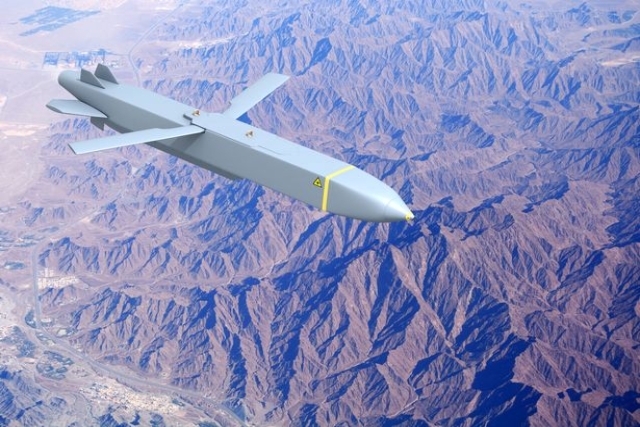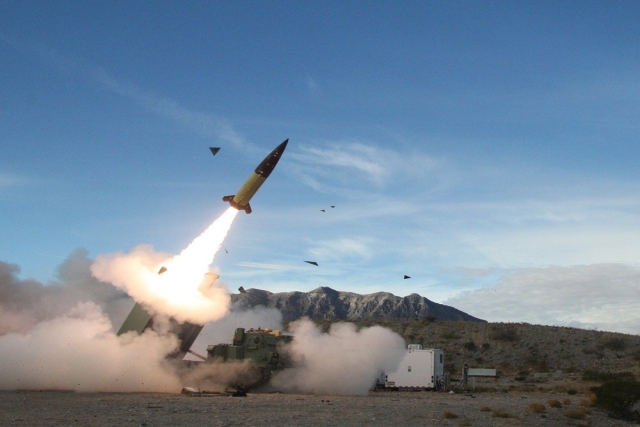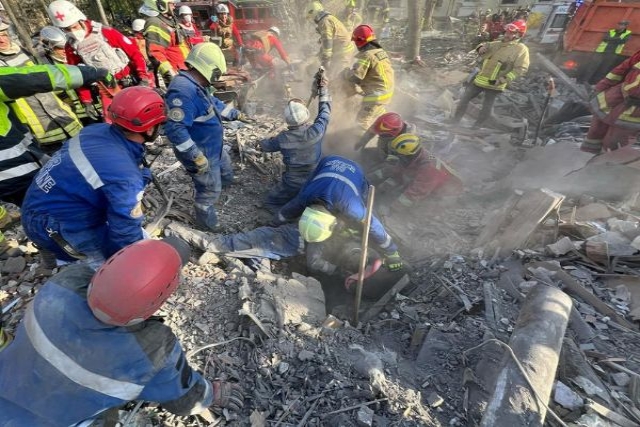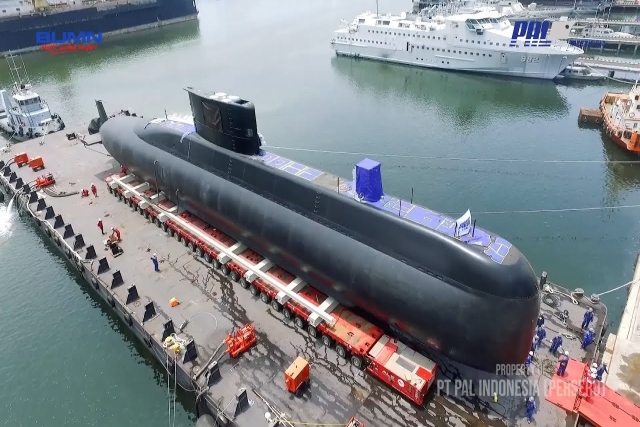Russia Launches Powerful ICBM at Ukraine’s Dnipro in First Recorded Combat Use
Non-Nuclear Missile Strike Escalates Conflict Amid Tensions Over Long-Range Weapons
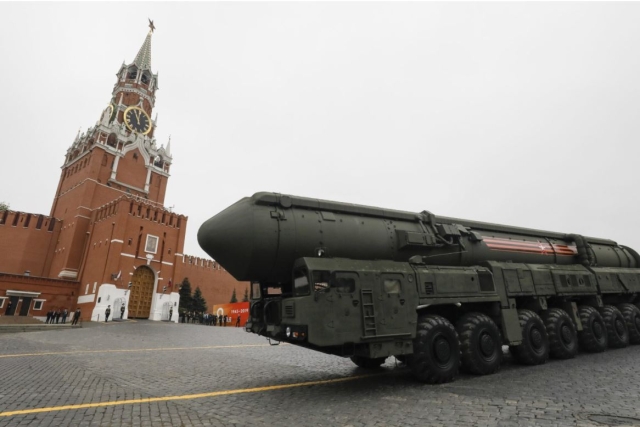
Russia launched an intercontinental ballistic missile (ICBM) toward Ukraine’s Dnipro today, marking the first reported combat use of such a weapon in military history.
Dnipro, a central-eastern Ukrainian city, was the target of the strike. The Ukrainian Air Force confirmed the strike, stating the missile caused damage to an industrial enterprise and a rehabilitation center, igniting fires.
The missile, identified as non-nuclear, was launched from Russia's Astrakhan region. Ukrainian officials noted that this development significantly escalates the conflict, which has now entered its 33rd month.
Russian media speculated that the missile used may have been the RS-26 Rubezh, a weapon capable of carrying both nuclear and conventional warheads. The RS-26 is described as a hypersonic missile with a range exceeding 5,500 kilometers, making interception highly challenging.
This missile deployment follows Ukraine’s recent use of Western-supplied long-range weapons, including U.S.-made ATACMS and British-French Storm Shadow missiles, to strike deep within Russian territory. The Kremlin had previously warned that such actions would provoke retaliatory measures.
Russian and Ukrainian Responses
Moscow has remained tight-lipped about the use of the ICBM. Kremlin spokesperson Dmitry Peskov deferred questions on the deployment to military authorities. Russia’s Defense Ministry, in its daily update, claimed its air defense systems intercepted two Storm Shadow missiles, six HIMARS rockets, and 67 drones launched by Ukraine.
The missile strike coincides with Russian President Vladimir Putin’s recent update to the country’s nuclear doctrine. On November 19, he announced that aggression from non-nuclear states supported by nuclear powers would be viewed as a direct threat to Russia’s sovereignty.
Ukraine’s Air Force also reported that alongside the ICBM, Russia launched a Kinzhal hypersonic missile and seven Kh-101 cruise missiles, with most of these intercepted by Ukrainian defenses.
The use of an ICBM in an active conflict has raised alarm among international observers. Andrey Baklitskiy of the UN Institute for Disarmament Research described the incident as "unprecedented," noting that such weapons are typically reserved for strategic deterrence due to their cost and precision. "If true this will be totally unprecedented and the first actual military use of ICBM. Not that it makes a lot of sense given their price and precision,"Baklitskiy osaid in a post on X.
RS-26 Rubizh
The RS-26 Rubizh, a Russian experimental intercontinental ballistic missile, could reach Kyiv in 8-10 minutes if launched, Ihor Romanenko, former Deputy Chief of Ukraine’s Armed Forces, was quoted as saying by reports. Romanenko noted that while the missile is non-nuclear, it is significantly more powerful than conventional ballistic missiles, posing challenges for air defense systems like the Patriot SAMP-T.
Military expert Ivan Krychevsky emphasized the need for systems such as THAAD to counter medium-range threats like the RS-26, which surpasses the capabilities of Patriots designed for short-range missiles.
The RS-26 is an improved version of the RS-24 Yars missile, featuring guided warheads designed to evade missile defenses. With a range of up to 6,000 kilometers, the missile carries a 1.2-ton warhead, equivalent to three Iskander-M missiles. First tested in 2011, it was removed from Russia's weapons program in 2018 but may now be reconsidered for deployment.
What are ICBMs?
An intercontinental ballistic missile (ICBM) is a strategic long-range weapon designed to deliver nuclear warheads. It is launched into space and releases a warhead that re-enters the atmosphere to strike targets. According to the Center for Arms Control and Non-Proliferation, ICBMs have a minimum range of 5,500 km (3,400 miles) and can extend up to 9,000 km, with various versions offering precision targeting.
ICBMs are classified by range: short (<1,000 km), medium (1,000–3,000 km), intermediate (3,000–5,000 km), and long (>5,000 km). They can carry both conventional and nuclear warheads, are initially rocket-propelled, and follow an unpowered upward trajectory before descending to their targets. These missiles can be launched from silos or mobile vehicles and use solid or liquid fuel. Solid-fueled ICBMs are quicker to launch, making them more dangerous. The first ICBM was launched by the Soviet Union in 1957, followed by the United States in 1959.
